What was the fate of the boy who bathed the red horse and other children from famous paintings
Categories: Children | Culture
By Pictolic https://pictolic.com/article/what-was-the-fate-of-the-boy-who-bathed-the-red-horse-and-other-children-from-famous-paintings.htmlNowadays, they try to respect the human right to their own image, so we know the names of models from photographs of famous photographers and the names of people who posed for portraits. But previously they didn’t pay much attention to this, especially when it came to children. Therefore, we do not know the fate of many children depicted in pictorial masterpieces, for example, such as “Girl on a Ball” or “Deuce Again.” But you can still find out about some of them, thanks to the works of biographers and the memoirs of the artists themselves.

Almost everything is known about this picture, starting from the name of the boy, whose name was Seryozha Kalmykov, and ending with the name of the stallion, who, by the way, was called the Boy. This painting can be considered a rare example when the idea belonged not to the artist, but to his sitter.
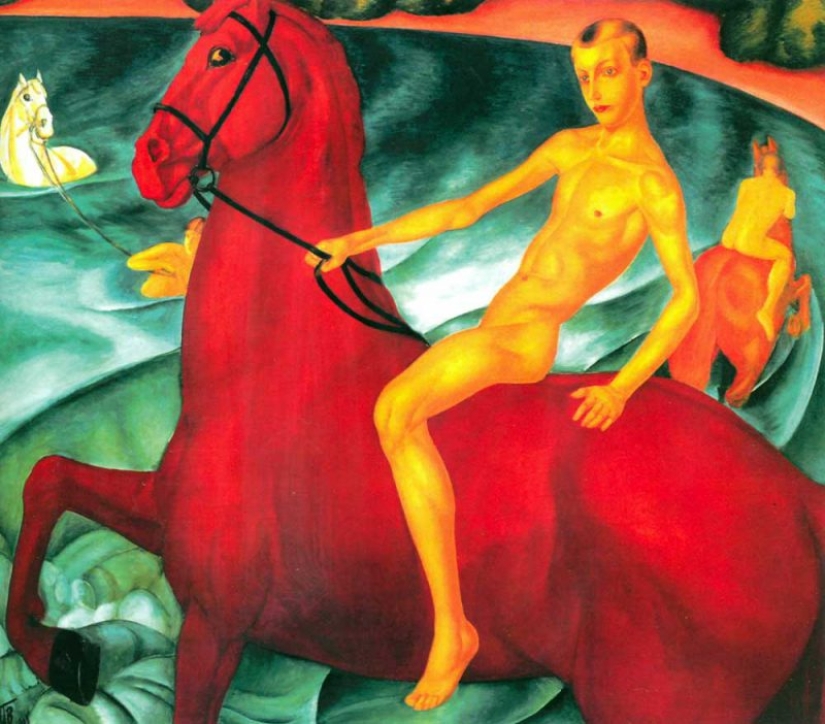
Sergei Kalmykov was a student of Petrov-Vodkin and himself painted many horses of different colors. Perhaps, before starting work, they discussed Novgorod icon painting, in which images of red horses are very common.
Kalmykov was the son of a famous artist and himself achieved considerable heights in art. He is known in our country and abroad as an authoritative avant-garde artist. Sergei Kalmykov always treated his youthful portrait with humor and loved to say: “In the image of a languid young man on this banner, I am depicted in person.”
When in the 1930s persecution began against artists whose worldview did not fit into the framework established for a Soviet person, Kalmykov escaped repression by leaving the capital. He settled in Alma-Ata, where he enjoyed a reputation as a funny eccentric and could work in peace. He lived alone all his life and died in poverty, but today his paintings are highly valued all over the world.
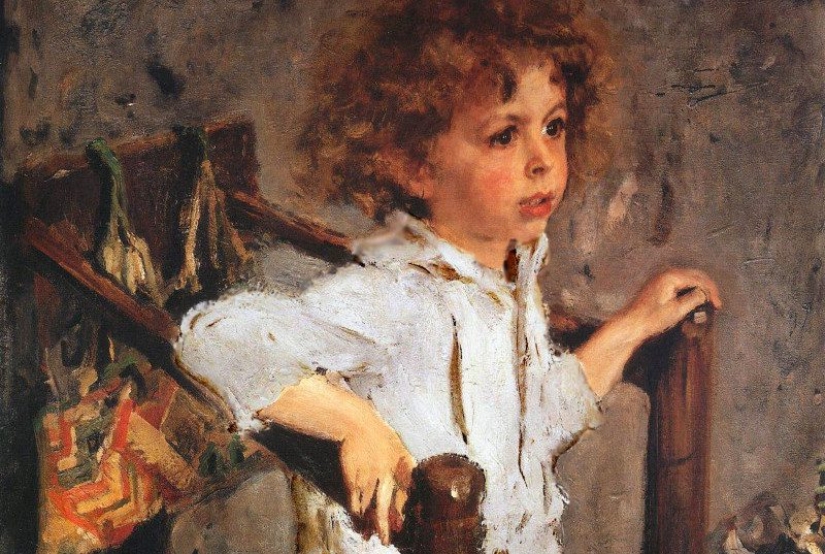
The boy in Serov’s canvas is the future famous Soviet Shakespeare scholar Mikhail Mikhailovich Morozov. A specialist in English classical literature lived and studied in England, but returned to Russia during the most difficult period for the country - on the eve of the revolution.
The literary critic lived with his mother and worked as a theater director and translator. Mikhail Morozov wrote the book “Shakespeare,” published in the well-known “ZhZL” series. Mikhail Mikhailovich's life was long and productive - he achieved great heights in his business and died in 1960.
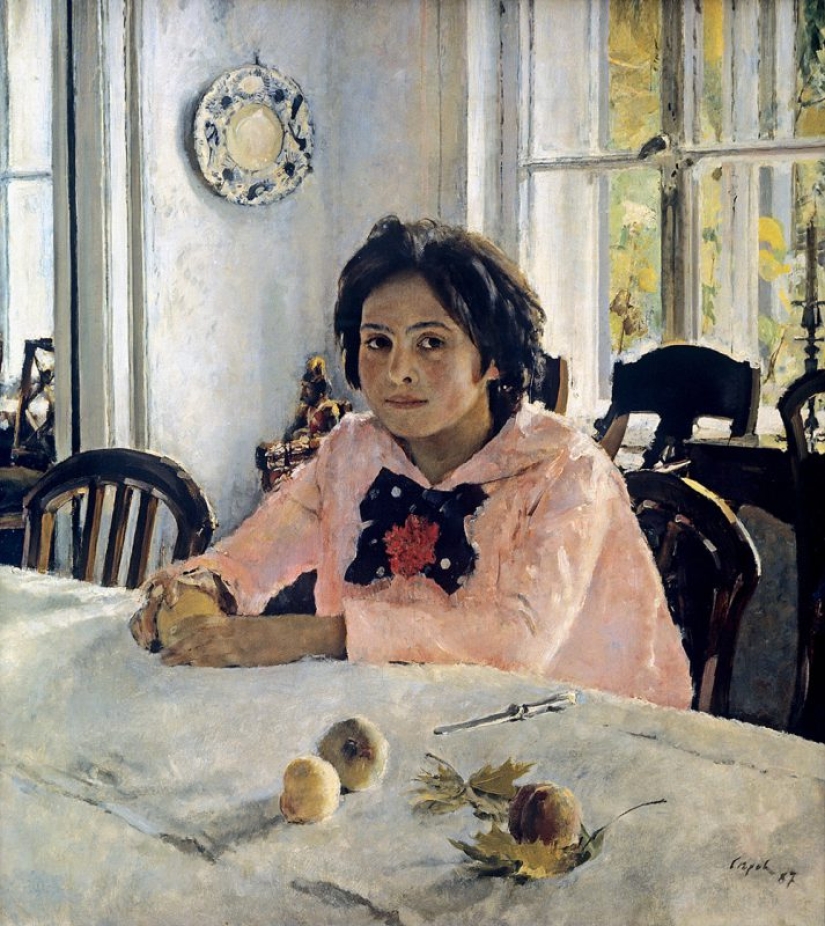
Another famous painting by Valentin Serov depicts Vera, the 11-year-old daughter of entrepreneur and philanthropist Savva Mamontov. When the girl was 21 years old, her portrait was painted by another famous acquaintance of her father, Viktor Vasnetsov. We know this painting as “Girl with a Maple Branch.”
In 1903, Vera Mamontova married Alexander Samarin, the future Moscow leader of the nobility and chief prosecutor of the Holy Synod. The family had three children - two sons and a daughter. But family happiness was not destined to last long - in 1907, Vera Savvichna fell ill with pneumonia and died. Her husband was repressed by the Bolsheviks after the revolution.
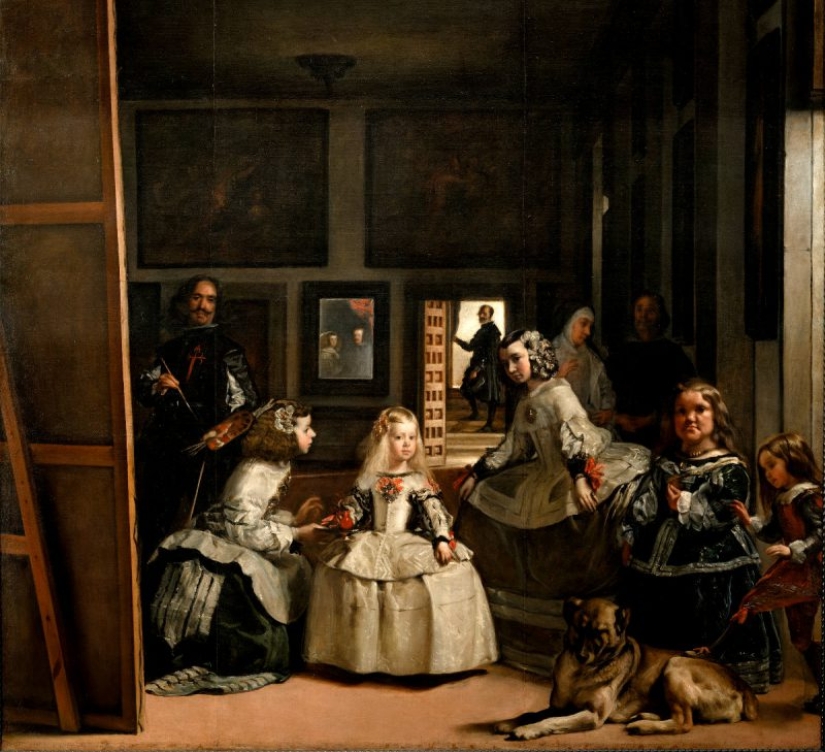
The heroine of one of Velazquez's most famous paintings is Infanta Margarita, or in full - Margarita Maria Teresa of Spain. At the age of 14, the girl was married to 26-year-old Leopold I, a relative of both the bride’s mother and father. Therefore, she often called him “uncle,” which was quite true.
Leopold was an ugly but good-natured man, so he did not offend his young wife. The couple had four children, but three of them died, apparently due to hereditary diseases caused by repeated incest. At the age of 21, the infanta herself left this world, whose health was undermined by numerous difficult childbirths.
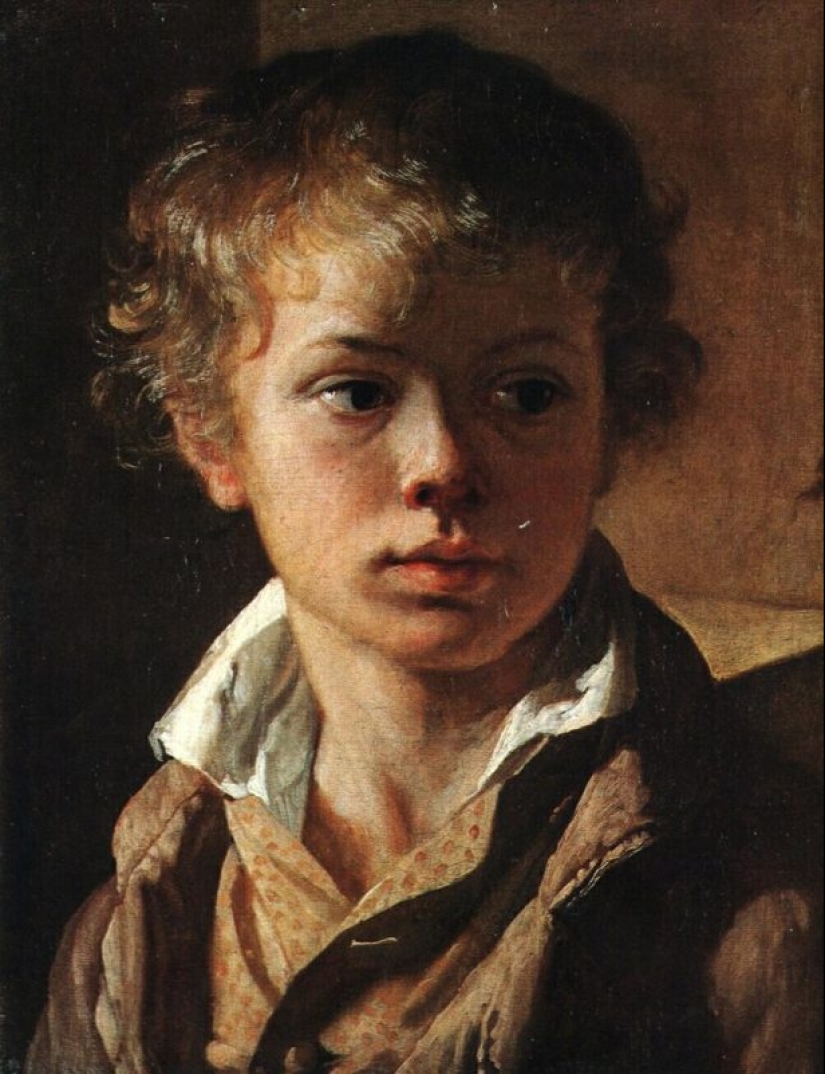
The portrait depicts the artist’s son Arseny Vasilyevich Tropinin. Like his father, the boy was a serf of Count Morkov and was freed with his mother when he was 20 years old. The artist himself became a free man five years earlier and made a lot of efforts to buy out his family from the landowner.
Arseny himself was also fond of painting and was officially recognized as an artist, which helped him gain freedom. Tropinin Jr. painted pictures all his life and lived to a ripe old age.
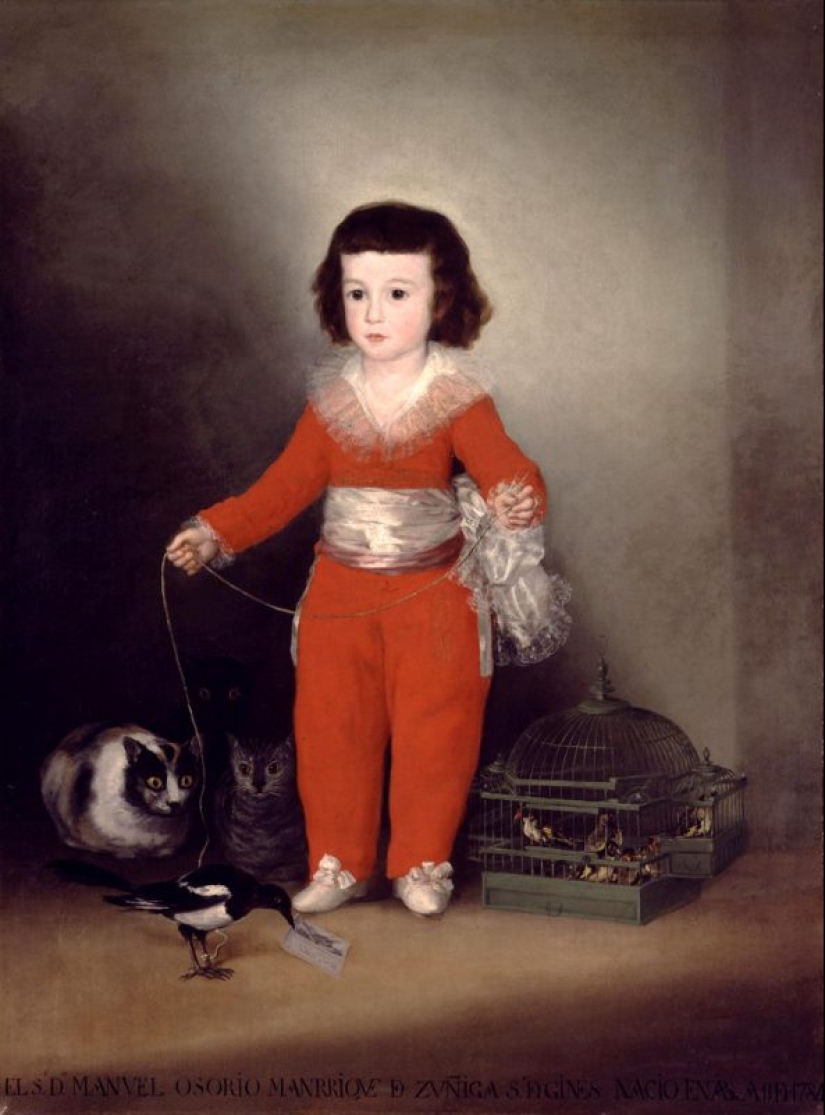
The boy whom the Spanish artist depicted in a strange company with a magpie and cats is the youngest son of the Count and Countess Altamira. The living creatures are depicted on the canvas for a reason. The magpie symbolizes childish innocence and spontaneity, while wary cats symbolize the worldly temptations that await a child in adulthood. Unfortunately, the descendant of the Counts of Altamira lived a very short life - he died at the age of 8.
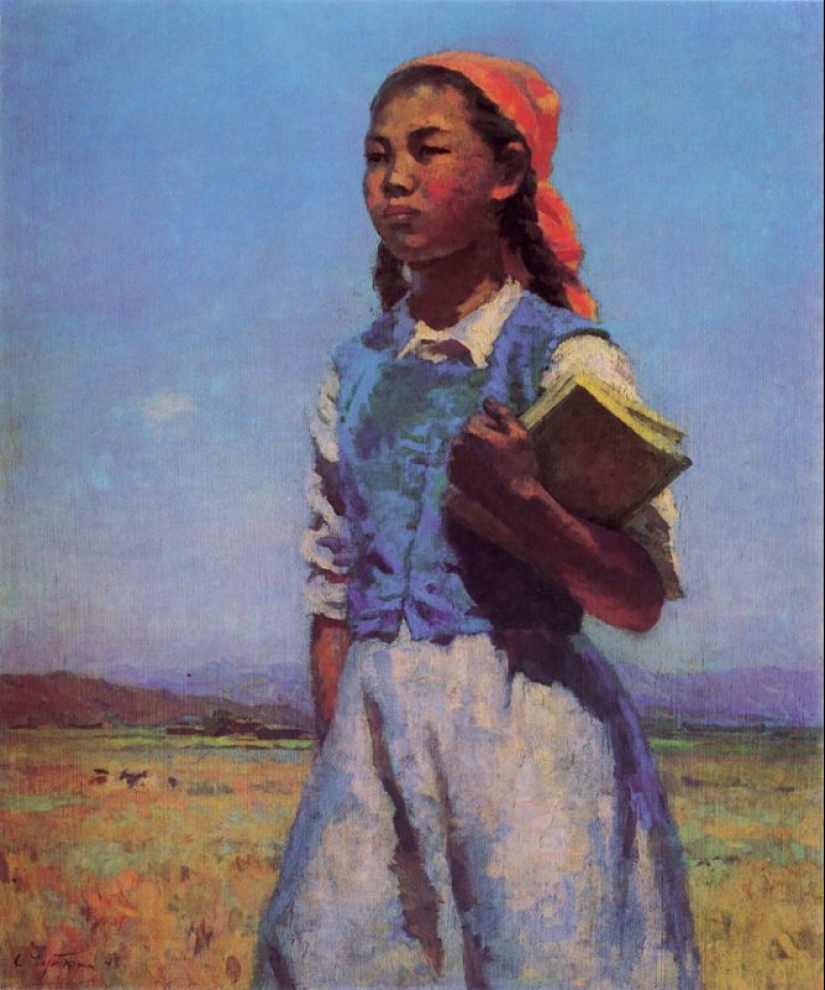
The girl from Chuikov’s painting was called Aimzhamal Ogobaeva and she was from the Kyrgyz village of Orto-Sai. After the painting was completed, the artist invited the 14-year-old girl to go with him to Moscow to study. But Aimzhamal’s mother did not approve of the move and she stayed at home.
At a fairly young age, the girl married a local huntsman, who later became a collective farm shepherd. She received neither education nor profession and was a housewife all her life. Ogobaeva had four children, and she died at 70 years old.
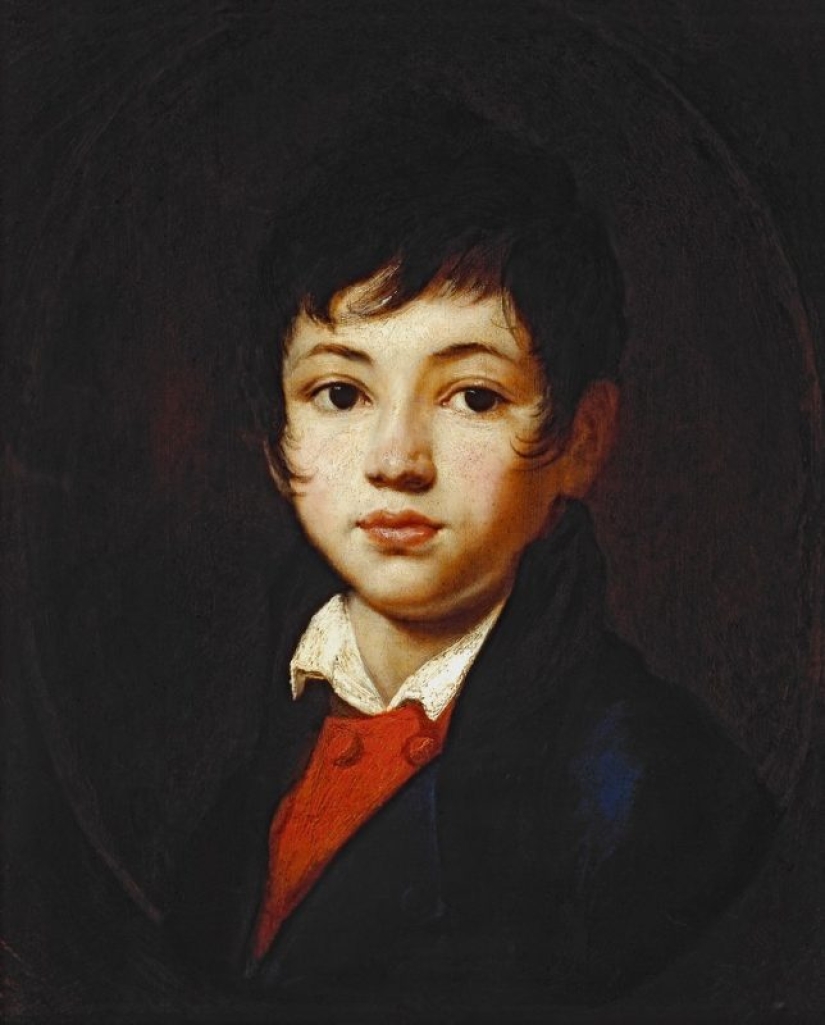
The boy from the portrait of Orest Kiprensky, Alexander Chelishchev, was 12 years old at the time of painting. And just three years later he already took part in the battle with Napoleonic troops near Maloyaroslavets. At the age of 17, Chelishchev had already received the qualifications of a second lieutenant and was considered a gallant officer and a daring grunt.
Alexander sympathized with the Decembrists, but did not directly participate in the conspiracy against the authorities. Due to his unreliability, he came under secret surveillance in 1825, which ruined his brilliant career. These circumstances forced Second Lieutenant Chelishchev to resign at the age of 30.
The former military man went to his small estate, where he lived with his wife and four children. Two of Chelishchev's offspring became famous - one of the sons of the disgraced officer rose to the rank of general's epaulets, and his daughter became a nihilist.
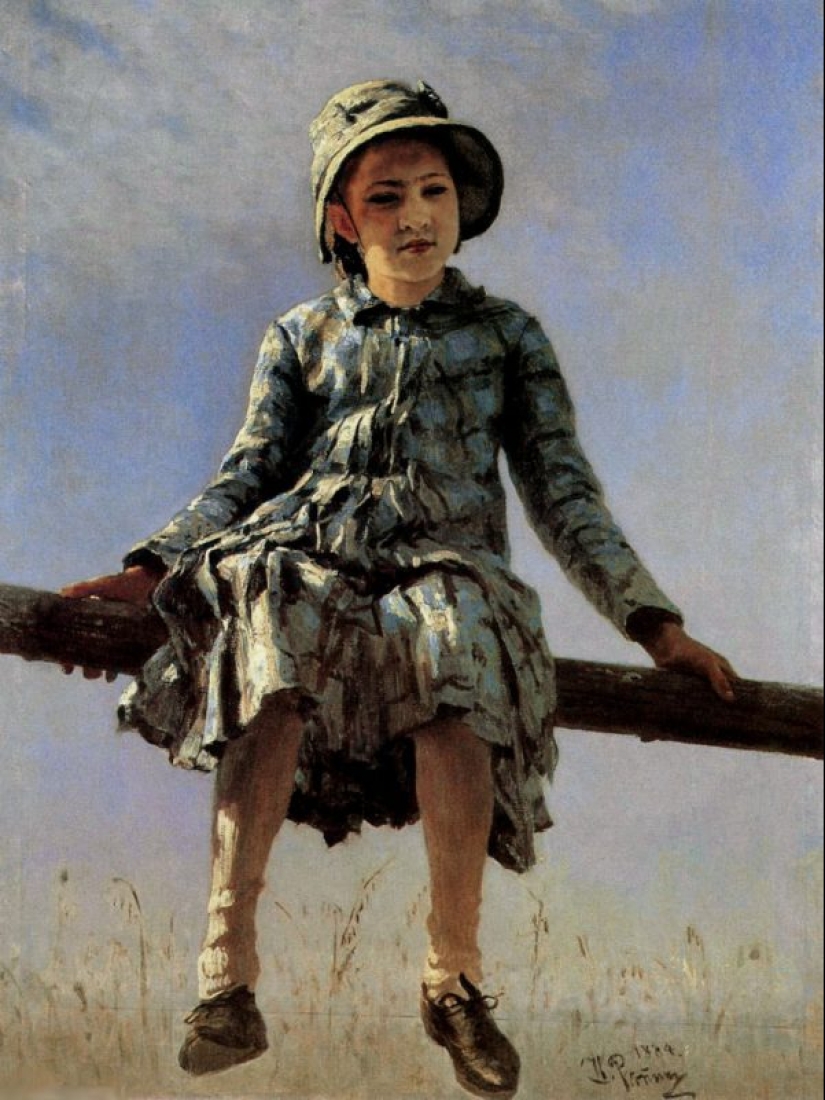
Artist Ilya Repin depicted his daughter, Vera Ilyinichna. After her parents’ divorce, the girl remained to live with her mother and her father saw her infrequently. That is why many experts are inclined to believe that the painting was painted from memory, without posing.
Later, Vera resumed communication with her father, and he wrote another famous work with her, “Autumn Bouquet.” The daughter of Ilya Repin became an actress, and even played at the Alexandrovsky Theater at one time. Having completed her theatrical career, she moved to the Repin family estate “Penates”, where after the death of her father she worked as a curator of the estate museum for 9 years.
Vera Ilyinichna left Russia at the very beginning of the Soviet-Finnish war and moved with her husband to Helsinki. The family never returned home from emigration, and the daughter of the great Russian artist lived in a foreign land until the end of her life.
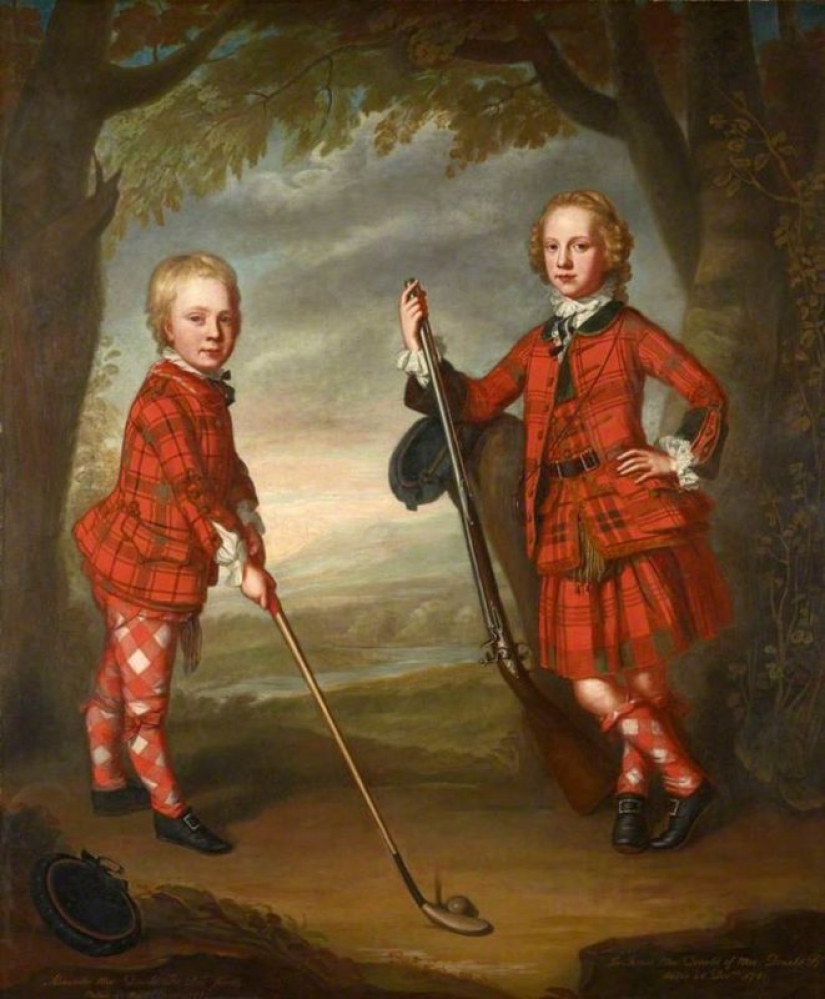
The painting by a Scottish artist, which many believe shows a boy with a stick and a girl with a gun, is actually two brothers - Sir James and Sir Alexander MacDonald. The older brother, James, died tragically at the age of 24, and the younger brother, Alexander, lived a long and eventful life.
He married a girl from another old family - the Boswells, who gave birth to as many as ten MacDonalds. There were three girls and seven boys in the family. Alexander himself had a brilliant military career and retired as a brigadier general.
There are many other paintings that depict children. Alas, we will never know the names of the young people who inspired artists to create many interesting paintings.
Recent articles

American Alex Greenberg, who moved to China, collects funny and brain-bearing examples of Chinese fashion in his Shanghai Observed ...

New Year is a holiday of magic and fulfillment of wishes. Naturally, I want this holiday to be remembered for a long time and to be ...

In a recent issue of sexual harassment on everyone's lips. Inappropriate and Intrusive signs of attention began to see around, even ...